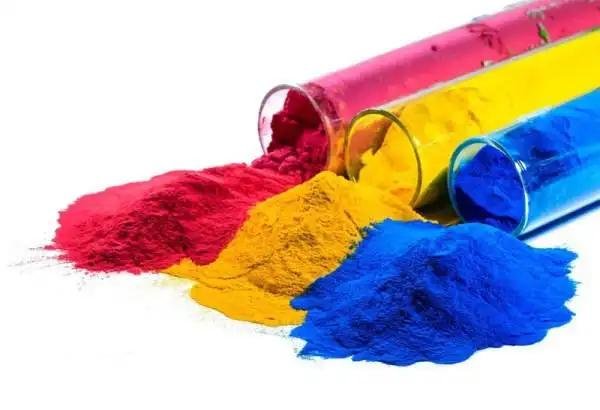
Powder coating is a widely used finishing process that enhances the durability, aesthetics, and corrosion resistance of metal products. However, metal thickness plays a crucial role in determining the efficiency and quality of the powder coating application.
Metal thickness directly impacts powder coating adhesion, application, curing, and overall finish quality. Thicker metals require specific adjustments to ensure uniform and durable results.
Understanding how metal thickness affects powder coating helps manufacturers optimize their process and ensure superior performance.

How Does Metal Thickness Influence Powder Coating?
1. Does Metal Thickness Impact Powder Adhesion?
Metal thickness affects how well the powder adheres to the surface. Thicker metals often have larger surface areas, which require more rigorous surface preparation to remove oil, dirt, or rust.
Without proper preparation, powder coating may fail to bond, resulting in poor adhesion and premature wear.
Key Factors Influencing Adhesion on Thick Metals:
- Surface Preparation: Techniques like sandblasting or chemical treatment help create a rougher surface for better bonding.
- Pre-treatment Selection: Zinc or iron phosphate coatings improve the chemical bond between the metal and the powder.
- Electrostatic Charge Distribution: Irregularities in thickness can affect charge uniformity, requiring optimized spray settings.
2. How Does Thickness Affect Powder Coating Application?
Applying powder coating to thick metal surfaces comes with challenges:
- Edge buildup
- Uneven distribution
- Faraday Cage effects in recessed areas
These issues can affect appearance and protection.
Solutions for Better Application on Thick Metals:
- Electrostatic Adjustments: Modify voltage and gun distance to improve coverage.
- Spraying Angles: Move the gun back and forth to avoid heavy buildup.
- Multiple Passes: Apply several thin coats instead of one thick one.
- Faraday Cage Fixes: Adjust gun position or use tribo-charging guns to coat tight corners.
3. How Does Metal Thickness Affect Curing?
Curing is a critical stage in powder coating that ensures proper bonding and hardness. Thicker metals heat up more slowly, which can lead to undercured or overcured coatings if not properly managed.
Curing Challenges with Thick Metal Parts:
| Challenge | Effect | Solution |
|---|---|---|
| Slow Heat Absorption | Uneven cure, weak adhesion | Preheat the metal before powder application |
| Excessive Heat Retention | Overcured, brittle surface | Adjust dwell time and reduce oven temperature |
| Temperature Variations | Inconsistent finish, surface flaws | Use thermal profiling to monitor temperature |
Best Practices for Curing Thick Metals:
- Preheating: Helps the metal reach target temp faster and more evenly
- Temperature Monitoring: Use IR thermometers or probes for accuracy
- Extended Dwell Time: Allow extra curing time in the oven to compensate for slower heat gain
Conclusion
Metal thickness plays a critical role in powder coating success. It affects adhesion, application technique, and curing accuracy.
To achieve a high-quality and long-lasting finish on thick metal parts, manufacturers should:
- Enhance surface preparation
- Adjust electrostatic and spraying settings
- Optimize curing with thermal controls
By doing so, they can unlock the full protective and aesthetic potential of powder coating in industrial applications.
